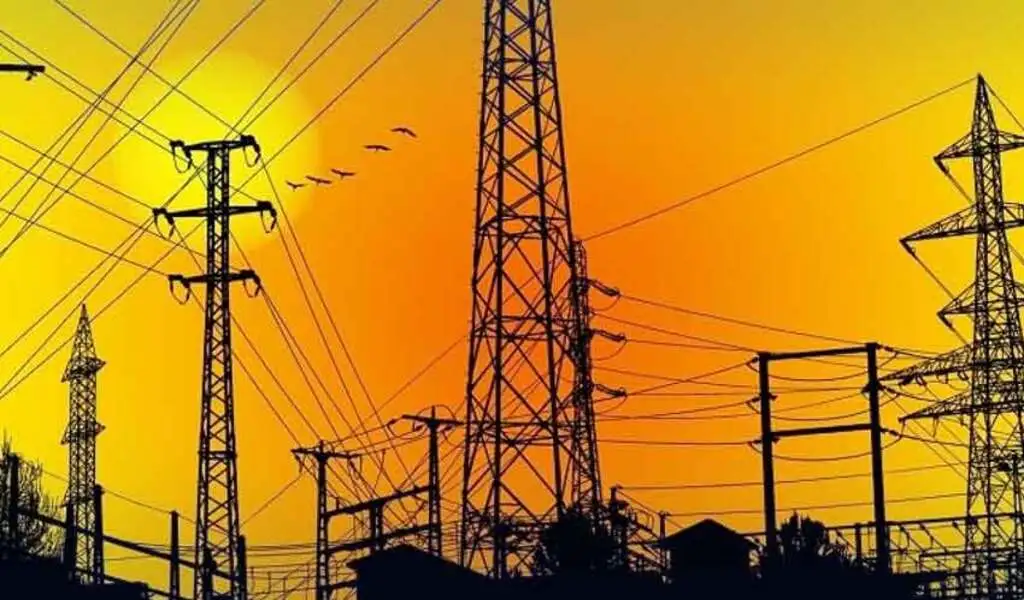(CTN News) – It is not only the inflation capacity expenses that are being imposed by the power contracts that Independent Power Plants (IPPs) have with the federal government;
There is also pressure being placed on the economy and the blood of the people as a result of these contracts.
This is due to the fact that these contracts are directly connected to the rate of inflation in the United States as well as the value of the dollar in comparison to other currencies. As a result, the current state of affairs is what it is.
There have been a lot of alarming facts that have come to light in recent years in relation to the high rates of energy in Pakistan. These facts have been highlighted in recent times. Several famous journalists were invited to attend a briefing that was held in Karachi.
The event was organized by the Sage Institute of inflation Economic and Energy Journalists. Both the organization and delivery of the briefing were done with the Sage Institute’s best interests in mind. Sage, which is comprised of individuals who are members of the Council of Economic and Energy Journalists, was there with their presence.
The briefing that was presented stated that the component of the electricity rate in Pakistan had an increase of 253 percent between the years 2019 and 2024. This information was based on the fact that the briefing was provided. According to the conclusions of the research.
Inflation in the United States was responsible for this increase.
The information that was presented during the briefing revealed that the amount of capacity charges in Pakistan in the year 2019 was Rs3.26 per unit, and it is anticipated that this number will increase to Rs10.34 per unit in the time period of 2024.
This information was presented during the briefing. During the briefing, this information was delivered to the attendees.
When conducting an analysis of the capacity costs that are imposed on the general public, it is of the utmost importance to take into account not only the impact of inflation in the United States but also inflation in the domestic market. The reason for this is that both types of inflation have an impact on the expenses associated with capacity.
The amount of interest that must be paid on each unit of electricity has increased by 343% over the course of four years as a direct result of the increase in the national interest rate due to the fact that the national interest rate has increased. This can be attributed to the fact that the national interest rate has been raised.
This spike is a direct result of the increase in the interest rate that was applied, which contributed to the increase. It is estimated that seven hundred sixteen percent of the increase in the price of a unit of energy may be attributed to the expansion of the working capital of independent power producers (IPPs) during the course of four years.
Several years passed before this inflation growth occurred.
Seventy percent of the entire cost of electricity, which can range anywhere from twelve to twenty percent of the total budget, is accounted for by the capacity expenses. This can cause the total cost of power to fluctuate.
It was suggested by specialists from the SDPI that the government should take into account the concept of adopting a centralized pricing strategy rather than a consistent approach with regard to power rates.
This recommendation was made about the power rates. According to the specialists, this was determined.
Through the use of this mechanism, it is possible to generate more than 23,000 megawatts of power.
The capacity charges will have an even more harmful effect on the people who inhabit in the country as a result of the fact that the country is becoming more and more dependent on solar energy from an increasing number of sources.
SOURCE: SN
SEE ALSO:
Police SWAT Team Rescues Kidnapped Woman after Gunfight in Chiang Rai
Chiang Rai Border Patrol Clashes With Drug Runners Seize 3.2 Million Meth Pills
Pakistan and Azerbaijan Discuss $2 Billion Investment Boost in Official Visit

Salman Ahmad is known for his significant contributions to esteemed publications like the Times of India and the Express Tribune. Salman has carved a niche as a freelance journalist, combining thorough research with engaging reporting.














